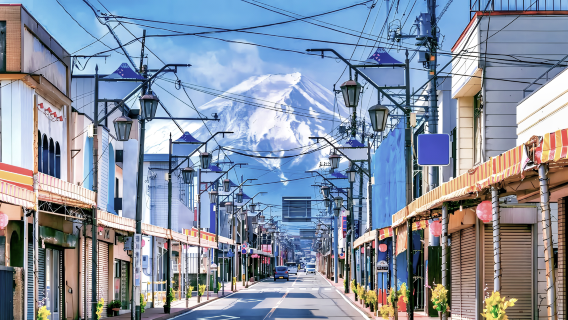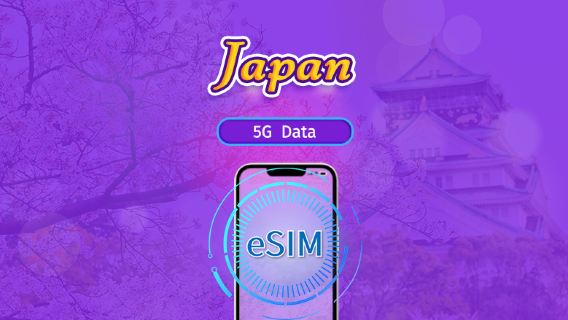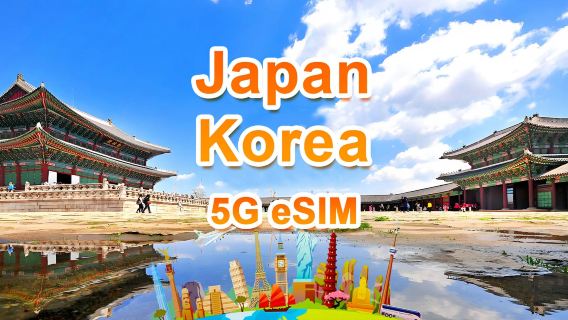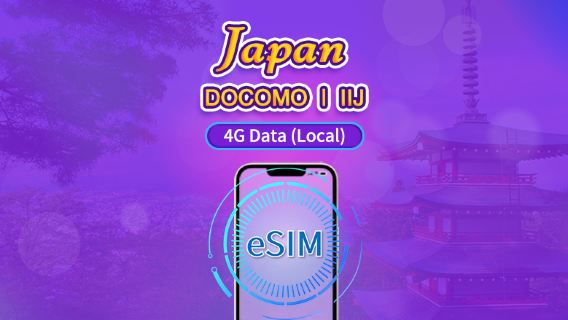
Heading to Japan? Don’t forget to plan for charging your gadgets. The plugs and voltage there are different from what we use in the Philippines. If you’re not prepared, your charger might not fit or your device might not work right. Bring the correct adapter and double-check if your devices can take the voltage. It’s a small thing, but it’ll save you a lot of trouble on your trip.
🔌 Power Plugs in Japan: What You Need to Know
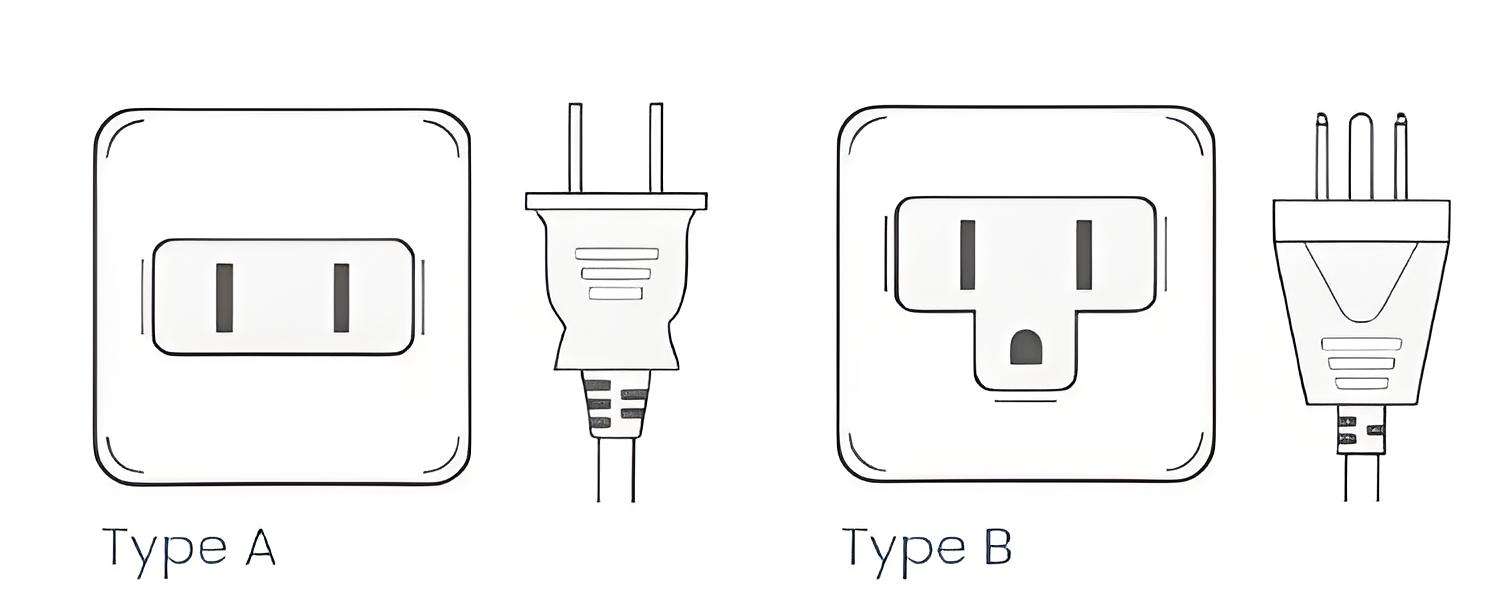
Source: world-power-plugs.com
If you’re heading to Japan, it’s smart to know what kind of plugs they use so you can charge your phone, camera, or laptop without any problems.
Plug Types in Japan
🔌 Type A
- Shape: Two flat, straight pins
- Used for: Phones, chargers, laptops
- Voltage: 100 volts
- Where: Common all over Japan
🔌 Type B
- Shape: Two flat pins + one round pin (for grounding)
- Used for: Bigger devices like laptops or hair dryers
- Voltage: 100 volts
- Where: Sometimes used in Japan
What to Know:
Japan mostly uses Type A plugs, and sometimes Type B. These look like the ones we use in the Philippines, so some of your chargers might fit.
But keep this in mind:
👉 Japan’s voltage is 100V. In the Philippines, it’s 220V.
👉 A lot of gadgets like phones, tablets, and laptops are built for 100–240V, so they’ll work fine.
👉 Always check your device’s label. If it says “100V–240V,” you’re good. If it says “220V only,” don’t plug it in—you could break it.
The Ultimate Japan To-Do List
🔋 Traveling to Japan: Do You Need a Plug Adapter?

Before you go, it’s a good idea to check your charger. Japan’s plugs are not the same as what we use at home. If they don’t fit, you won’t be able to charge your phone or laptop.
A travel adapter is a big help. It doesn’t change the power — it just lets your plug fit into the wall.
✅ What to do:
• Bring a small travel adapter for Japan.
• It’s easy to pack and will save you stress.
• Keep it in your bag so you’re always ready.
• Some hotels might have one, but it’s better to bring your own.
⚡ One more thing:
Japan’s voltage is 100 volts. In the Philippines, it’s 220 volts.
Most phones and laptops can work with 100–240V — just check your charger. If it says “100–240V,” you’re good to go!
Find the Best Hotels in Japan
🔌 Voltage in Japan: What You Should Know
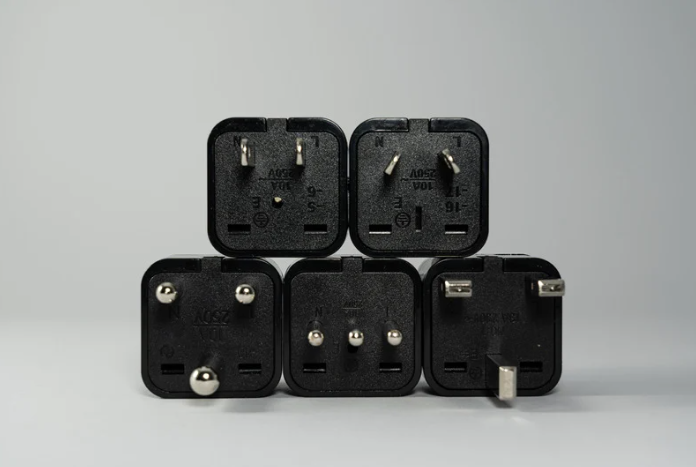
If you’re going to Japan, it’s good to know their power is a bit different. This way, you can keep your phone, laptop, or camera safe.
⚡ Voltage in Japan: 100 volts
⚡ Voltage in the Philippines: 220 volts
That means Japan’s voltage is lower than what we have at home.
🧐 What this means for you
Most phones, tablets, and laptops can work with different voltages. Check your charger — if it says “100–240V,” you can use it in Japan without a problem.
But if your device is only made for 220V, it might not work properly or could get damaged.
🔍 How to check
Take a look at the label on your charger. It will say something like:
✅ Input: 100–240V → OK for Japan
⚠️ Input: 220V only → You’ll need a small transformer for Japan
Unlock the Best Flights to Japan
📱 What to Pack for Charging Your Gadgets in Japan
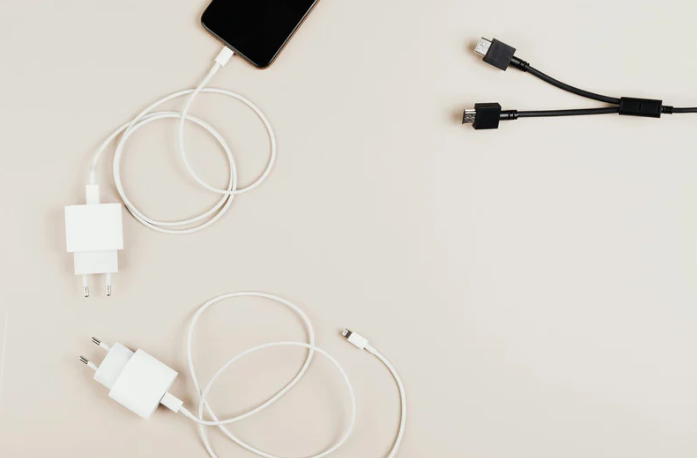
Going to Japan? Don’t forget your charger stuff! A dead phone is a real hassle when you need a map, want to take photos, or plan your day. Here’s a quick list of what to bring.
✅ 1. Travel Adapter
– Japan uses Type A and B plugs (the flat two-pin kind).
– Pack a simple travel adapter to make sure your plugs fit.
🔌 2. Extra Charging Cables
– Bring one or two extra cables for your phone and other gadgets.
– It’s easy to misplace them while traveling.
🔋 3. Power Bank
– A good power bank (10,000mAh or more) is super handy.
– Charge it every night so you’re never stuck without power.
⚡ 4. Check the Voltage
– Japan uses 100 volts.
– Phones and laptops usually work fine (they say “100–240V” on the charger).
– Avoid plugging in things like hair dryers unless you have a converter.
🧳 5. Multi-Port Charger
– A charger with extra USB ports is helpful.
– Charge your phone, power bank, and other gadgets all at once.
👍 Quick Reminder
✅ Bring a travel adapter
✅ Pack extra cables
✅ Charge your power bank before you go
✅ Check your device’s voltage
✅ Multi-port charger = less hassle
Recommended eSIMs Options for Japan
🛍️ Where to Buy Plug Adapters for Japan
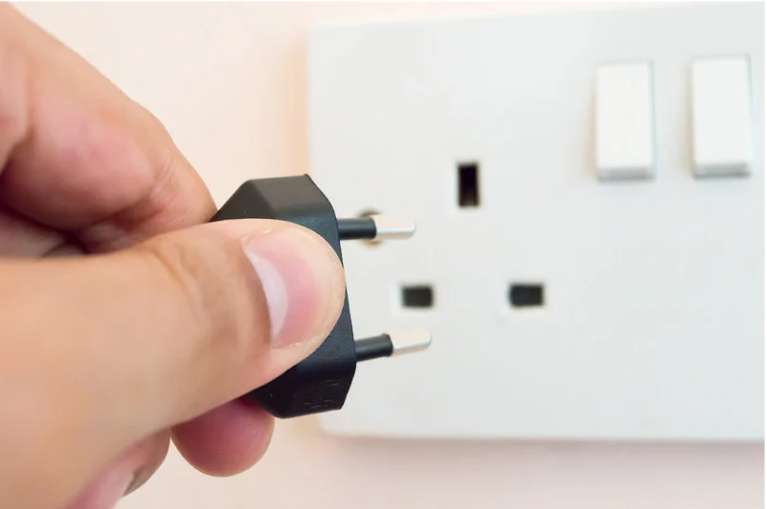
If you’re going to Japan, it’s smart to pack a plug adapter. That way you can charge your phone or laptop as soon as you land.
Here’s where you can buy one before you go — or after you arrive.
✅ Before You Leave the Philippines
It’s easier to buy one before you fly so you don’t have to stress about it when you get there.
Where to look:
📦 Online shops
🛒 Travel stores (like The Travel Club)
🏬 Hardware or electronics stores (Ace Hardware, True Value)
✈️ Airport shops (in case you forgot)
💡 Tip: Get a universal adapter so you can use it in other countries too.
🛍️ If You’re Already in Japan
No big deal if you didn’t pack one — you can buy one easily in Japan.
Where to look:
🏪 Convenience stores like 7-Eleven or Lawson
🧰 Electronics shops like Bic Camera or Yodobashi Camera
🏨 Hotels — sometimes they lend or sell adapters at the front desk
🛒 Big stores like Don Quijote, Aeon, or Daiso
Global electrical standards overview
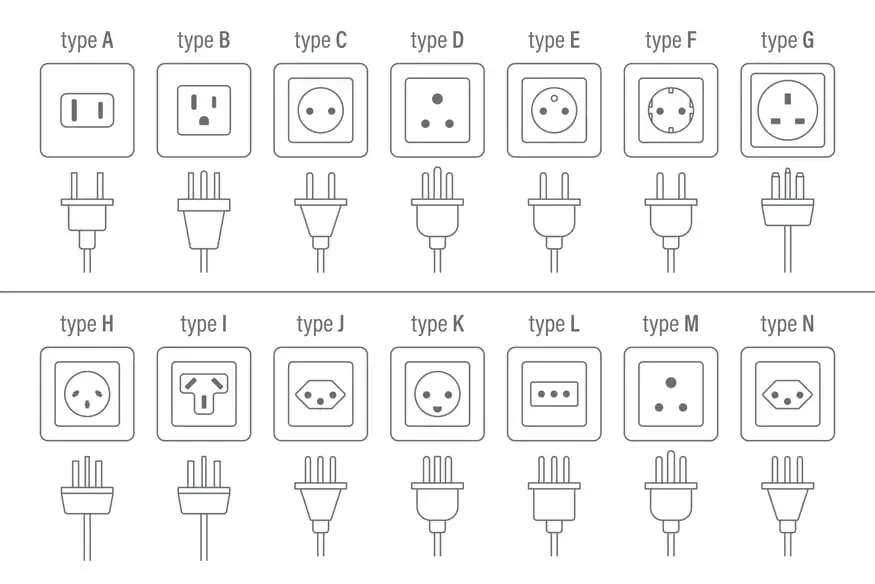
Here’s a simple guide to help you understand how plugs and electricity work in different countries. By knowing the voltage, plug shape, and frequency used in each place, you can bring the right adapter or voltage converter—so you can charge your phone, laptop, or other gadgets without any trouble.
Asia & Oceania Electrical Standards
Country | Voltage | Frequency | Common Plug Types |
China | 220V | 50Hz | A, C, I |
110V | 60Hz | A, B | |
220V | 50Hz | G | |
Japan | 100V | 50/60Hz | A, B |
South Korea | 220V | 60Hz | C, F |
Philippines | 220V | 60Hz | A, B, C |
Thailand | 220V | 50Hz | A, B, C |
Australia | 230V | 50Hz | I |
New Zealand | 230V | 50Hz | I |
North America & South America Electrical Standards
Country | Voltage | Frequency | Common Plug Types |
United States | 120V | 60Hz | A, B |
Canada | 120V | 60Hz | A, B |
Mexico | 127V | 60Hz | A, B |
Brazil | 127/220V | 60Hz | C, N |
Argentina | 220V | 50Hz | C, I |
Europe Electrical Standards
Country | Voltage | Frequency | Common Plug Types |
United Kingdom | 230V | 50Hz | G |
Germany | 230V | 50Hz | C, F |
France | 230V | 50Hz | C, E |
Italy | 230V | 50Hz | C, F, L |
Spain | 230V | 50Hz | C, F |
Netherlands | 230V | 50Hz | C, F |
Oceania Electrical Standards
Country | Voltage | Frequency | Common Plug Types |
Australia | 230V | 50Hz | I |
New Zealand | 230V | 50Hz | I |
Fiji | 240V | 50Hz | I |
Papua New Guinea | 240V | 50Hz | I |
What You Should Do:
- Bring a universal travel adapter to fit different outlets.
- Check if your device can handle different voltages—most modern devices can.
- If your device only works with 110V, you’ll need a voltage converter in places with 220V or more.
📱 Final Tips for Staying Powered While Traveling in Japan
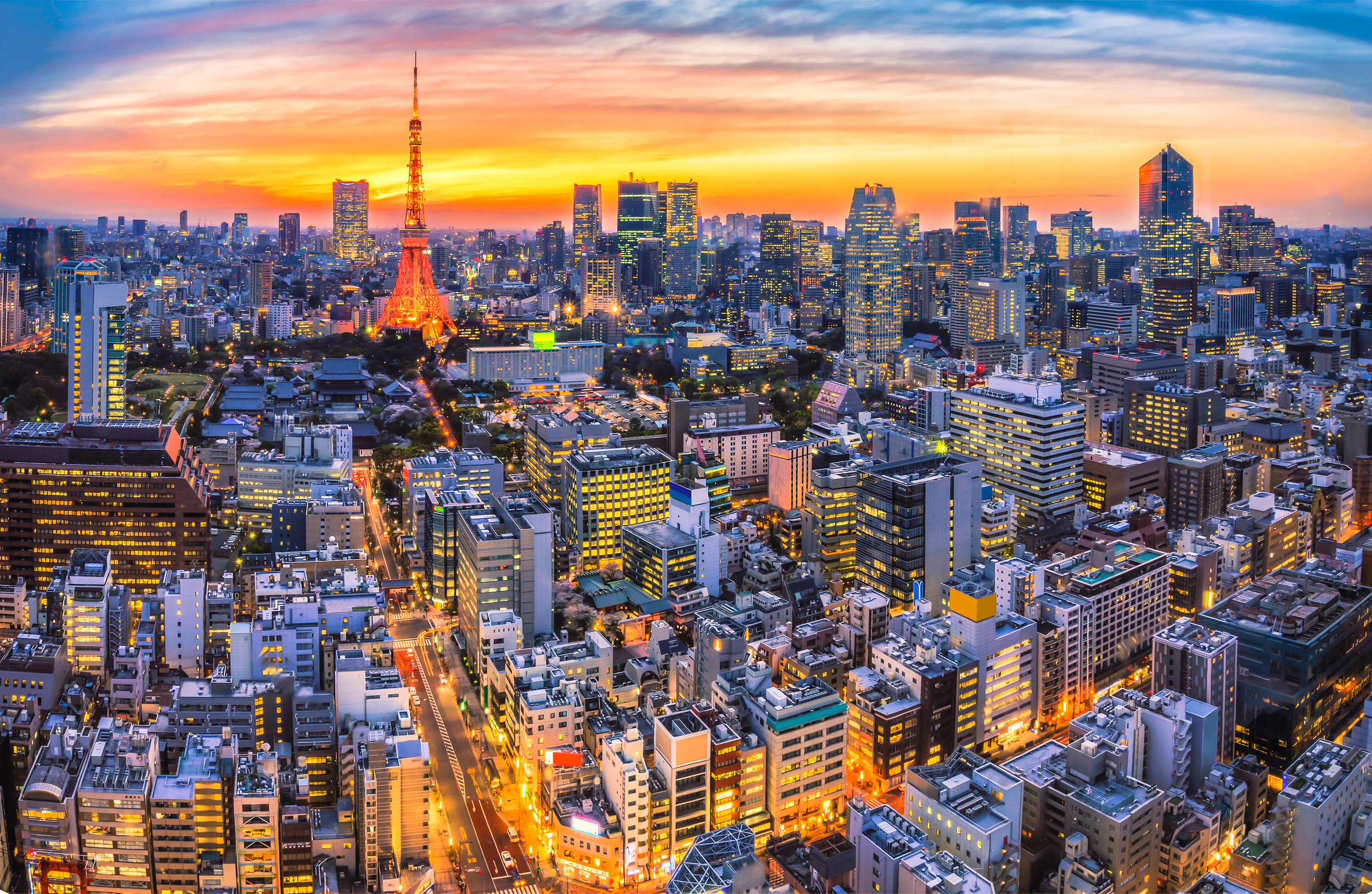
Traveling is more fun when your phone, camera, and other gadgets stay charged.
And it’s easy to do if you plan ahead.
Here are a few simple things to keep in mind:
✅ Check your charger’s voltage — most phones and laptops are fine
✅ Bring a small travel adapter for Japan
✅ Japan uses Type A and B plugs, so make sure your adapter fits
With these basics, you’ll have no problem keeping your phone, laptop, or power bank charged wherever you go.
Ready for your trip?
✈️ Don’t forget to book your flight to Japan,
🏨 Reserve a hotel in Japan, and
📶 Grab a Japan eSIM or pocket Wi‑Fi so you can stay connected while you explore!

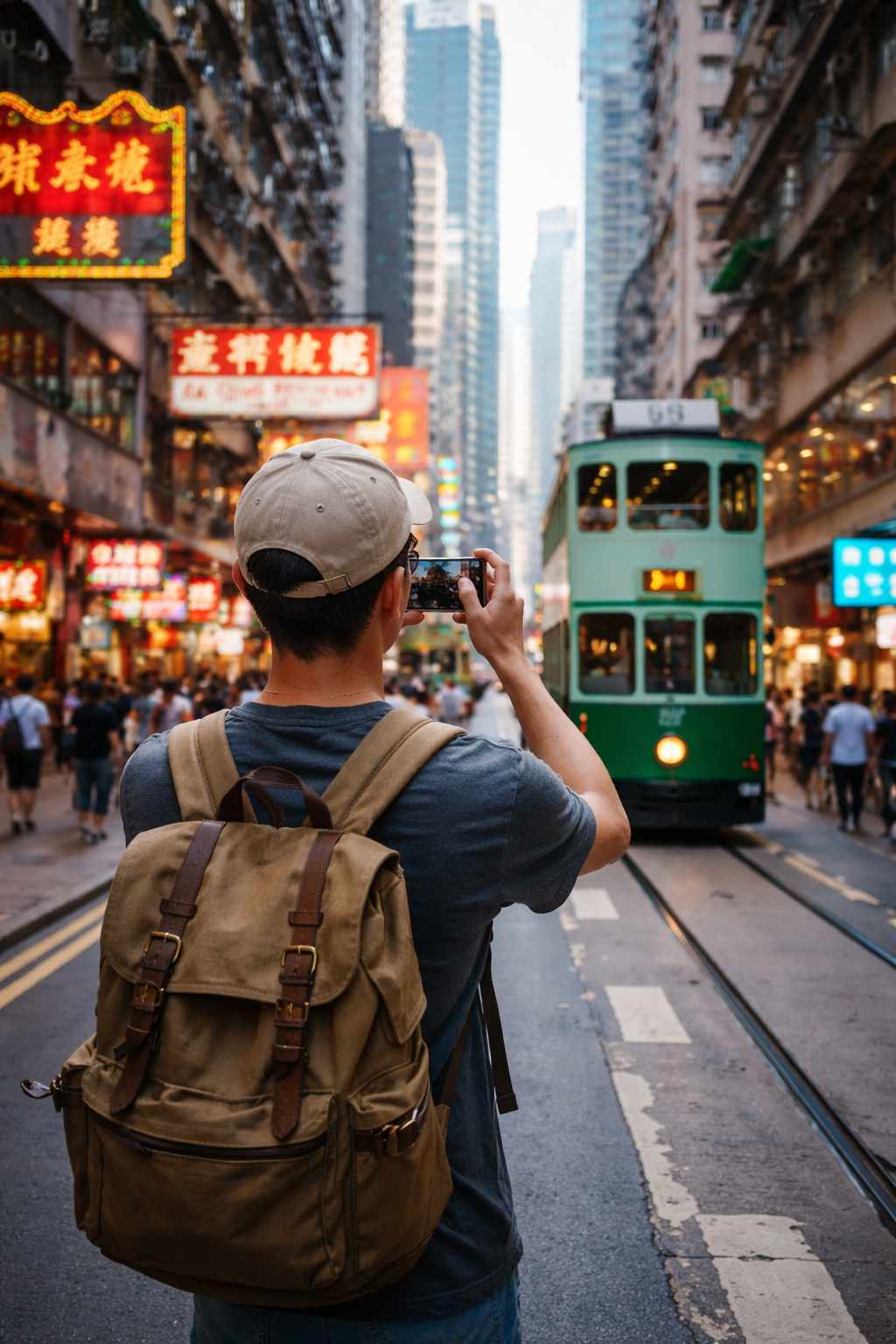
 32188 booked
32188 booked